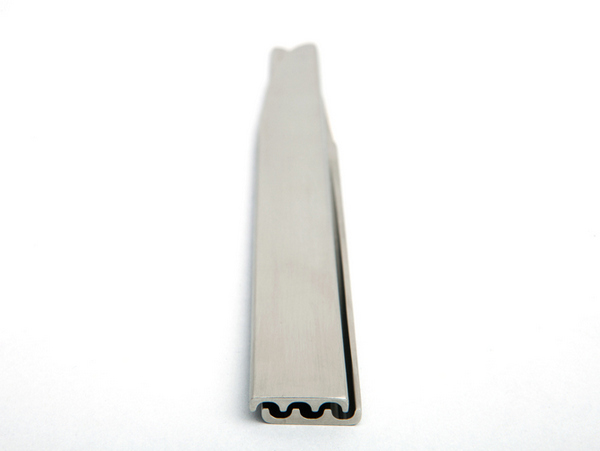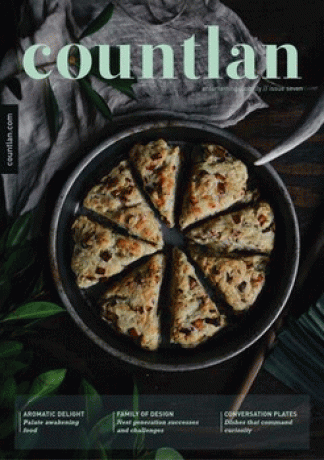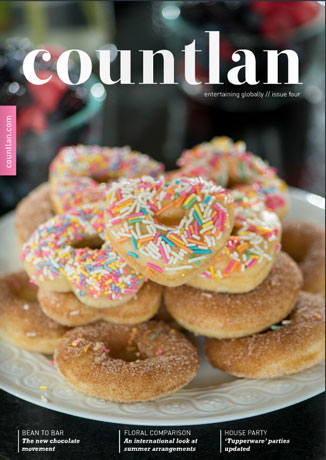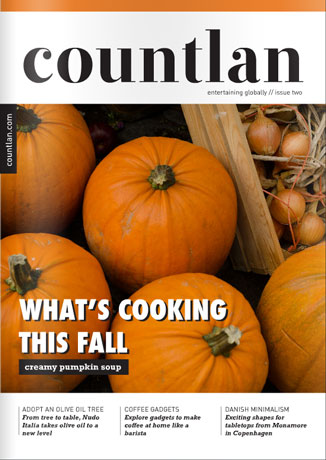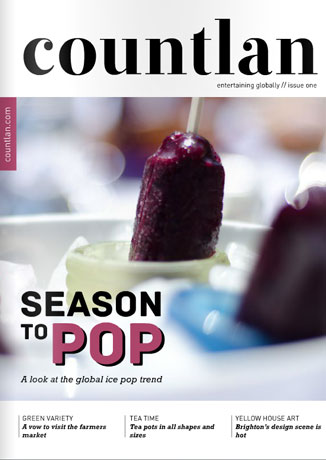
Choosing Cutlery
I am in serious need of a cutlery update. I have thinking about it for some time now and I think I may put my plan into action this summer when I have a bit of time to research and explore. My cutlery was a gift which I was thankful to receive. It’s your basic stainless steel set that you can find in every major department store around the world. Recently I’ve noticed that my dishwasher is either reaking havoc on the stainless steel leaving brown spots and water stains or my stainless steel is not as high quality as I thought.
What tipped me off from – meh- I can deal with my spotted, tired looking cutlery to, ‘ah-ha’ maybe it’s time to start searching was a recent dinner party I attended in Copenhagen. The host had an attractive, Scandinavian minimalist set of Georg Jensen Arne Jacobsen matte steel cutlery which were super cool to use and painfully awkward to look at due to their unconventional shape. The design of the Arne Jacobsen line is very thin- thicker than a chopstick but not by much- lightweight, and narrow. The knife comes with an ergonomic groove for your thumb. Coolness and novelty aside, I’m on the hunt and I will share some of my cutlery finds with you.
I am on the market for something artistic, something sculptural, a true conversation piece and I really liked the Baladi cutlery designed by Galia Tammuz, an industrial designer based in Tel Aviv.
Her design for Baladi’s stainless steel knife, fork, spoon and teaspoon is inspired by the intimacy of sharing food and physical closeness. I’ve included a video and images below so you can get a good look at this funky set of cutlery.
Baladi in Action: Vimeo Video
INTERVIEW: Galia Tammuz
01 What is your interest in tableware?
For this project I was very interested in the cultural aspects of design. How places and people affect design and make it unique to a certain culture. I feel the dining table is sort of a microcosm of a culture, and that there is so much to learn about it just from watching the way people engage around food.
02 Where is Baladi cutlery available?
The Baladi cutlery is currently not available for sale as it is in a prototype stage. I am looking for a manufacturer, and hopefully it will be available sometime soon.
03 What was it about sharing food that inspired the Baladi design?
In Israeli culture and some other cultures from the Middle East region it is very common to share food. I studied the Bedouin culture and the Israeli kibbutz and also went back to my own childhood and to the communal dining room I ate at every day at school. I noticed how all were similar in their communal nature. they all revolved around sharing food and how this sharing creates intimacy, equality and even physical closeness. It naturally creates consideration and caring. The dinners are in constant interaction with one another. I find it quite unique and very beautiful.
04 Is there something special about the design process or creation of Baladi?
I chose to translate the social cooperative principle through extrusion technology which is a fairly simple and cheap technology, creating long units, which can then be cut into pieces and processed individually. In a conceptual way, I looked at the table as the whole extruded unit and the people as the individual units cut from it each different and unique. The extruded objects are visually distinct. They all share the same DNA – their profile, but can be very different from each other.
05 What’s up next for you?
The Baladi project is an ongoing project of mine, so I am constantly improving and changing it. Also, I am currently working with another designer, Danna Kazir, on a small brand of our own called “ALL GOOD” and our first desktop collection will be out soon. Be sure to watch out for it.


Photo Source: Galia Tammuz
